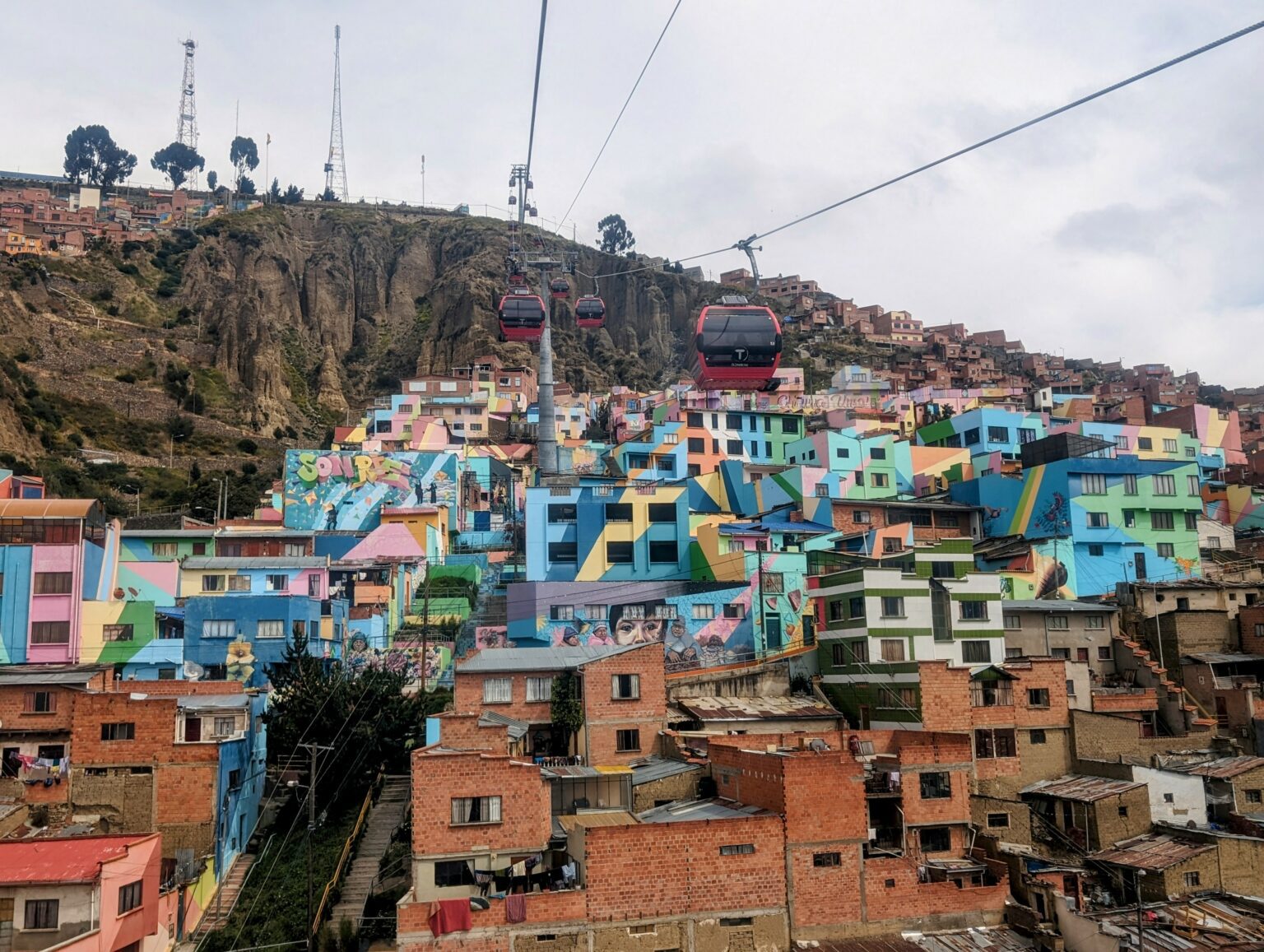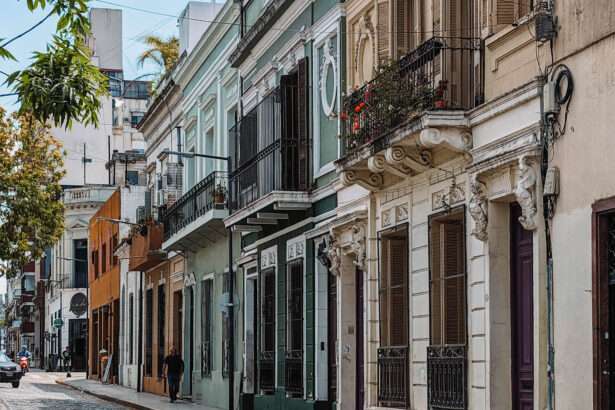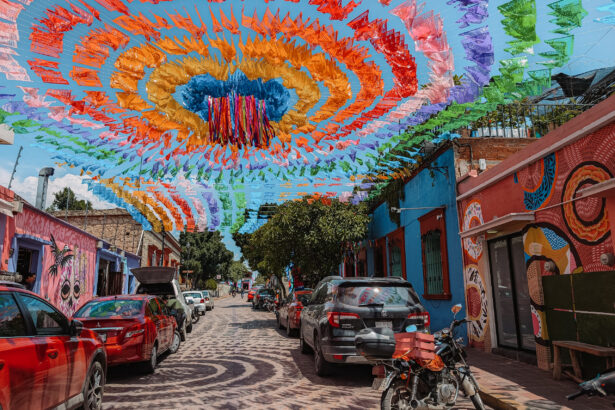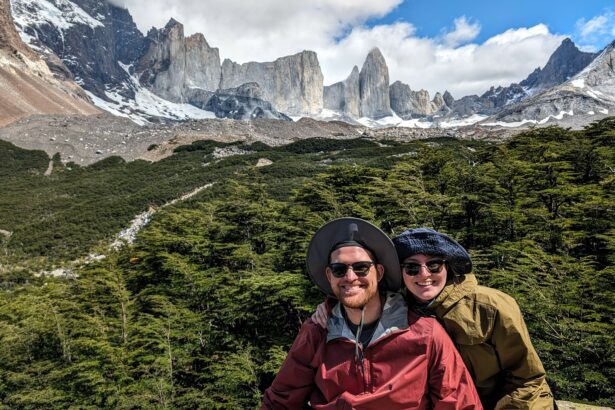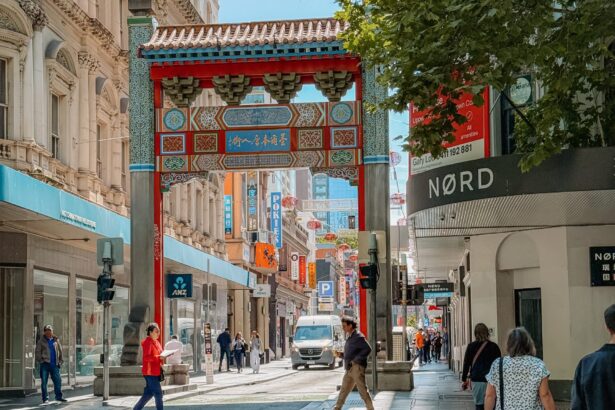La Paz, Bolivia is one of the major cities of Bolivia. It is rich with history and societal complexities that make it a truly unique place to visit. Unlike what may be taught in some schools, La Paz is not considered the capital of the country. The government is split between La Paz and Sucre, with the executive and judicial powers in La Paz and the legislative power in Sucre. The country considers Sucre to be the true constitutional capital of the country. Below are the various things to do in La Paz, Bolivia for a 3 day itinerary in one of the highest elevation cities in the world.
The history of the region can be discovered in at least 3 days, one to understand the ancient pre-Incan civilization of Tiwanaku, one to understand the history that has led to the modern society of today, and finally one to explore the modern city of La Paz. The three days listed below are interchangeable and do not need to be done in this order. There are also a few other tours and activities listed in Day 1 that can be added to your La Paz itinerary to extend your time in this part of Bolivia.
The best way to get to La Paz is by flying. Look into various flight options for visiting La Paz, Bolivia here.
Logistics for Visiting La Paz, Bolivia
Where to Stay in the City of La Paz
Sopocachi – Sopocachi is the restaurant and cafe hub of the city. It is a cultural center that is a lively and safe place to stay within the city. Sopocachi is well connected to the transportation network of La Paz, allowing you to explore many of the different regions that the city has to offer. It also has great architecture and plazas that allow you to really enjoy the daily life of La Paz.
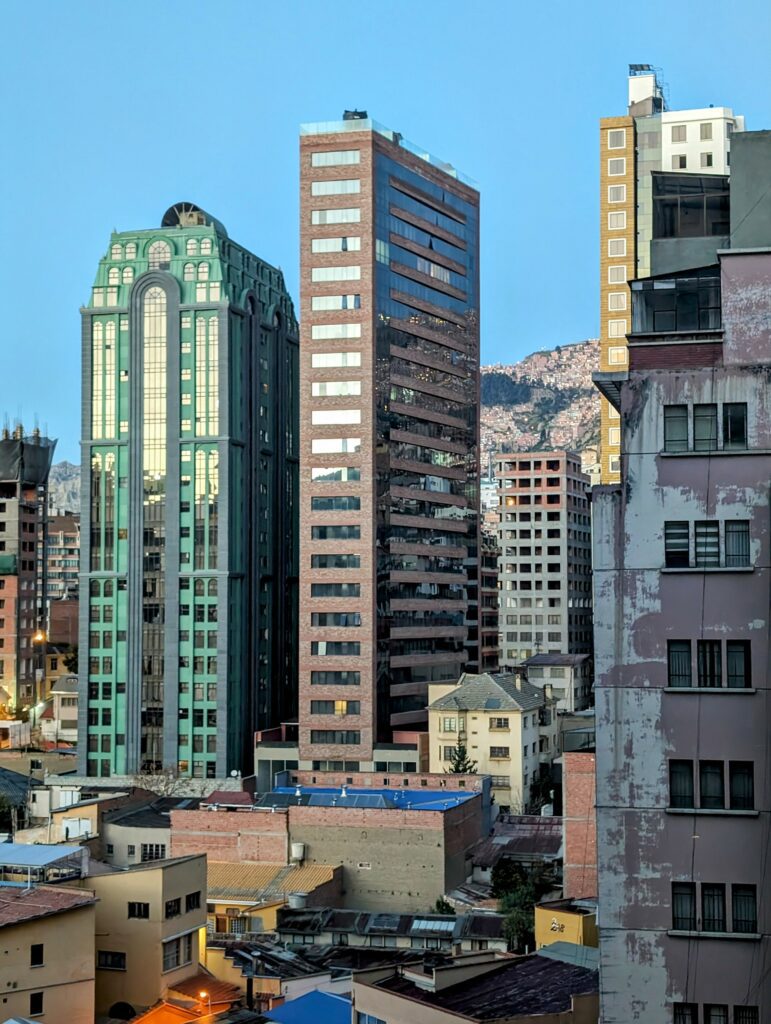
Zona Centro and San Pedro – Zona Centro and San Pedro are the cultural and historical centers of the city. This area contains all the museums, old historical architecture and streets, and theaters in the city. This neighborhood has many hostels and hotels.
Precautions for the Elevation and potential altitude sickness
La Paz is at an incredibly high elevation of 3,650 meters (11,975 feet). It is important to be prepared for this elevation change, especially if you are coming from sea level and do not have the chance to work your way up to this elevation. The following are some tips to help make the adjustment much easier:
- Eat smaller meals when first at elevation. This will help you feel better throughout the day.
- Avoid alcohol. It will decrease your oxygen level and you need as much oxygen as possible at a higher elevation.
- Drink as much water as possible! This will also help with the headaches that may appear due to the altitude.
- If things get worse, find a way to get to a lower elevation, and, in the meantime, you can try to get to a clinic or hospital to get some additional oxygen.
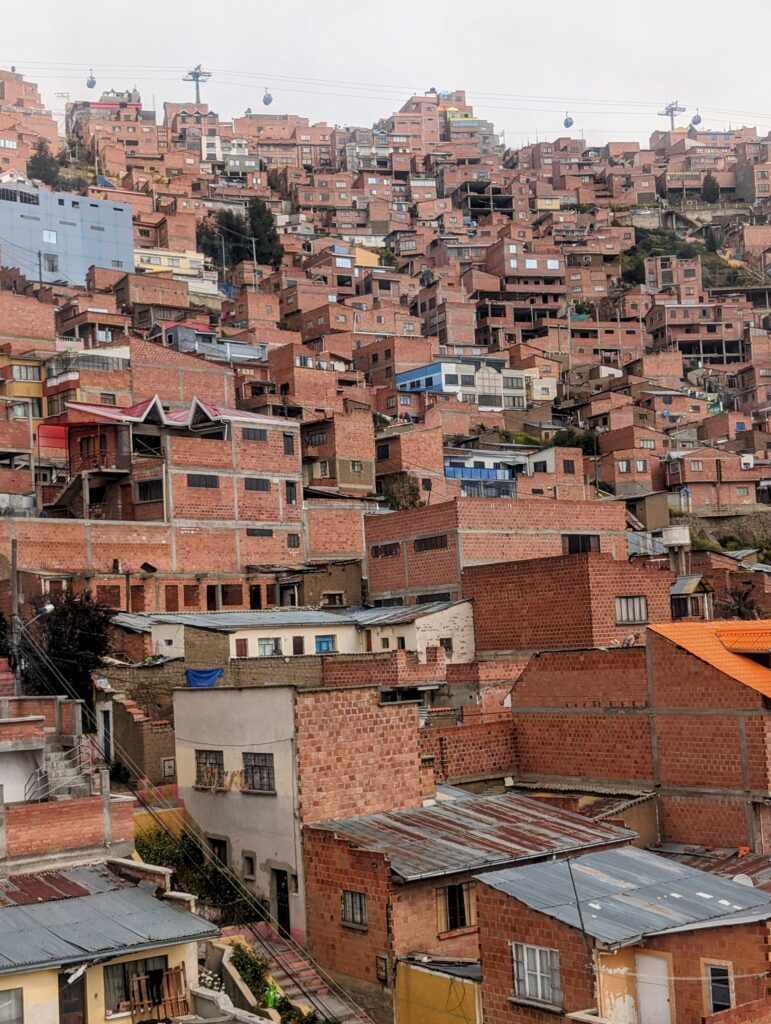
Prepping for the Food of Bolivia
Unfortunately, Bolivia does not have the highest food and restaurant sanitation standards and you do run the risk of getting a digestive illness while visiting. To prepare for Bolivia, you should go to your doctor to get anti-diarrheal medication just in case you have issues on your trip. You can also go to a clinic on your trip if you do get sick as food-borne diseases are incredibly common and all the doctors know how to treat them easily.
Day 1: Introducing La Paz's Culture of Today
La Paz was initially an indigenous town for the Aymara people. It was later colonized by the Spanish, pushing the Aymara people to one side of the river and the Spanish to the other. There are clear indicators of this separation on each side of the center of the city that really add to the uniqueness of different neighborhoods.
For example, the main church in the center square is covered in carvings that merge the ideologies of the Aymara people and Catholic teachings, a tool used to evangelize the local people by building on their beliefs. To this day, the indigenous people continue to practice both and see them as synchronous practices. You see, they thank Pachamama (Mother Earth) for their current life and well-being, all while attending mass and praying to God.
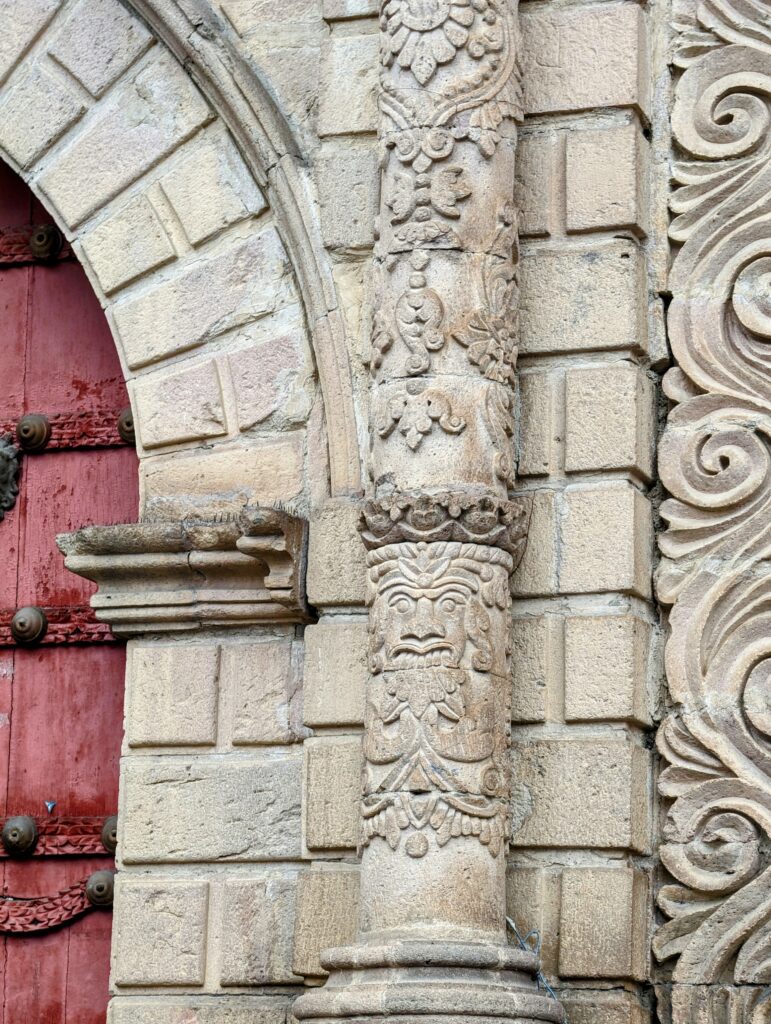
Indigenous Culture Today in La Paz
The indigenous culture is a large part of the local society, especially because about 50% of people are of indigenous origin, the largest of which are Aymara or Quechua. To this day, many indigenous women wear the traditional clothing of a wide skirt, silk shawl, and a bolero hat. They run many of the markets throughout the town, including the spiritual markets that sell different offerings to be given to the Pachamama (Mother Earth). This is just one of the many ways that the indigenous culture has persisted in Bolivian society.
The indigenous people have not had a simple existence in Bolivia, with their slavery ending only in the mid-1900s and having been persecuted perpetually by the government. Despite over 50% of people having indigenous roots, many of the laws historically have not benefited or equalized them in the eyes of society. Today, Bolivia is trying to rectify this wrong. Recently, a law was passed to ensure the equality of everyone and, proudly, this is a law that is displayed in many shops and restaurants around the city. “Everyone is entitled to all the rights and freedoms set forth in this Declaration, without distinction of any kind, such as race, color, sex, language, religion, political or other opinion, national or social origin, property, birth or other status.”
Bolivia has also recently had a complex and devastating relationship with the United States, with the United States propping up corrupt government officials and presidents in the name of protecting democracy but to the detriment of the Bolivian people.
Walking Tour of the History of La Paz
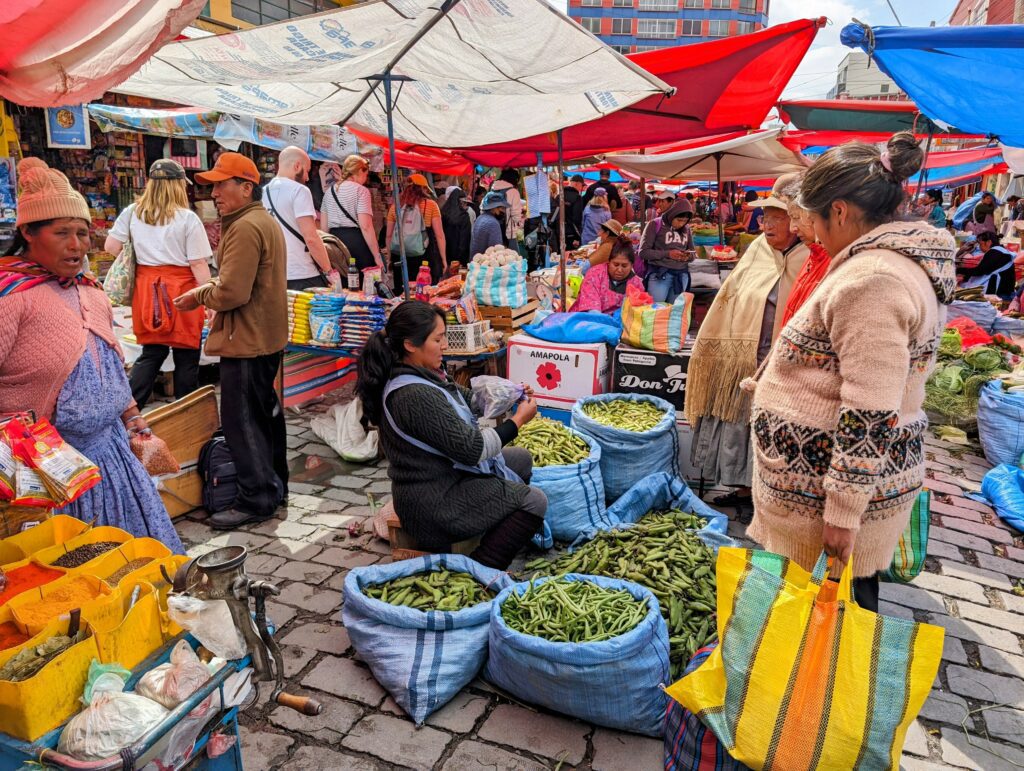
You will start your day by learning more about this history in La Paz’s walking tour through Red Cap Walking Tours. You can reserve your spot here. (It is illegal to provide any services for free in Bolivia so you will have to pay a few dollars to reserve the tour. You will supply the rest in a tip at the end of the tour.) This tour is provided daily at 10 AM and 2 PM and covers the culture and history of the city of La Paz. It is one of the best things to do in La Paz, Bolivia to understand the background of the place you are visiting and this tour is a deeply insightful way to both see the city and learn about its history. This particular tour goes through historical, mystical, cultural, and practical information about La Paz, Bolivia all while visiting the most significant landmarks in the city center.
Lunch in the City Center
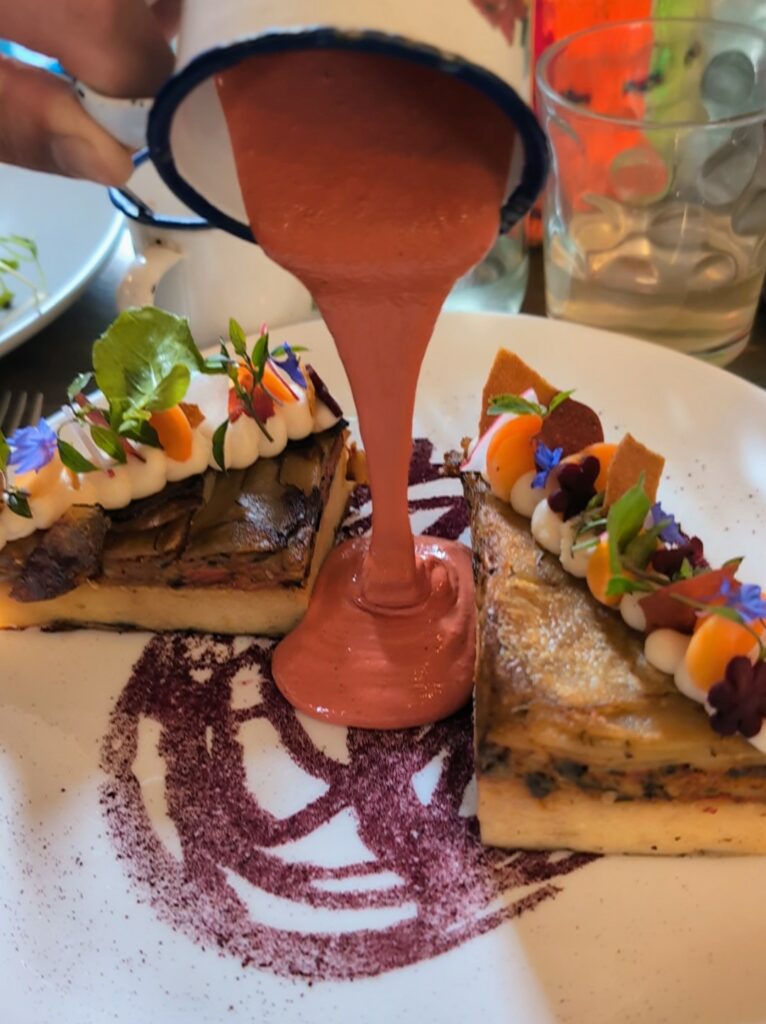
Culture is also well understood through food. It gives us knowledge about the local produce, cooking techniques, and values that surround a society. One restaurant in the city center that has really elevated local Bolivian cuisine is Popular Cocina Boliviana. For this restaurant, you will need to make a reservation in advance (maybe just the day prior) and you will need cash to pay for the meal. It is a 3-course meal with a few options for each course, each of which deconstructs and modernizes traditional Bolivian dishes and foods. It is a delicious way to try Bolivian cuisine in an elevated presentation.
After Lunch Shopping and Prepping
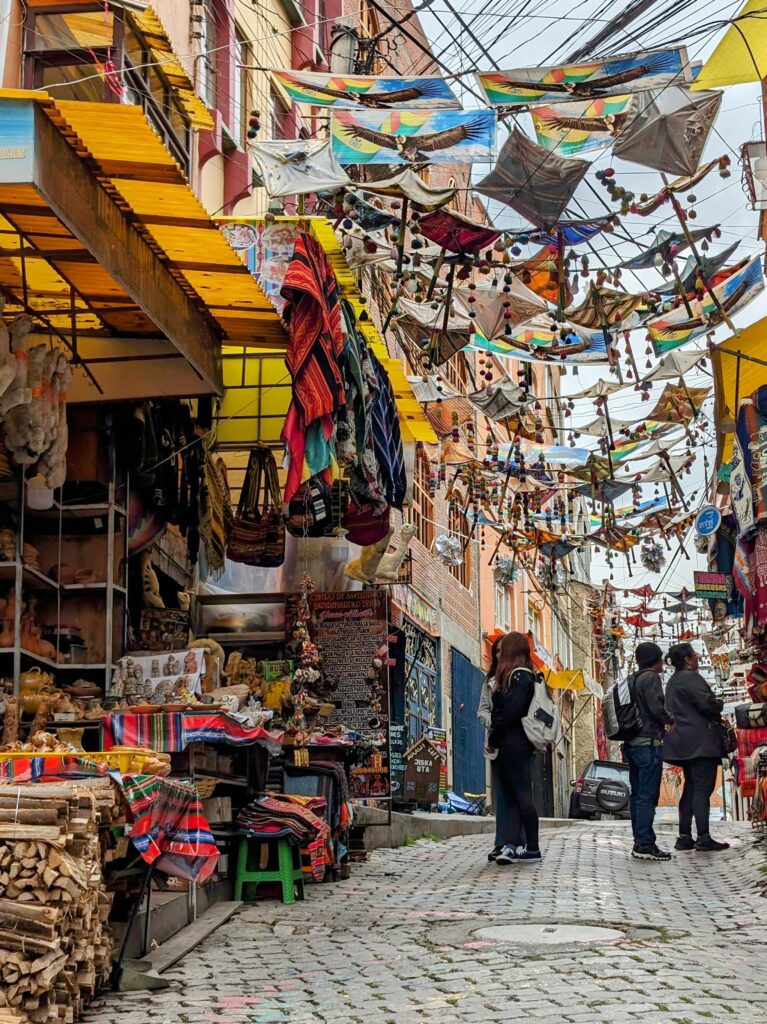
The historical center of town is a great place to check out some souvenirs from the region and go talk to different tour groups about possible excursions. Many excursions are reserved in person in Bolivia and are often much less expensive when booked directly with a tourist agency in town rather than online. Some of the other top things to do in La Paz, Bolivia include:
- Traveling to the Uyuni Salt Flats (4 Days) – This unique tour takes you through the different landscapes of Bolivia, including the incredible salt flat, some volcanic terrain, and different lagoons. You can read more about this tour here.
- Biking the Death Road (1 Day) – this road is considered one of the most dangerous in the world. Today, it is closed to motorists but you can still bike through it, seeing some amazing views, drops, plants, and mist.
- Visiting the Tiwanaku Ruins (1 day) (read below in the Day 2 section)
- Visiting Lake Titicaca (3+ days) from Copacabana and the islands just off the coast. You can read more about doing this independently from a tour group here.
- Some other destinations to consider include: Valle de la Luna (1 day), Valle de las Animas (1 day), Canyon de Palca (1 day), Madidi National Park from Rurrenabaque (5 days)
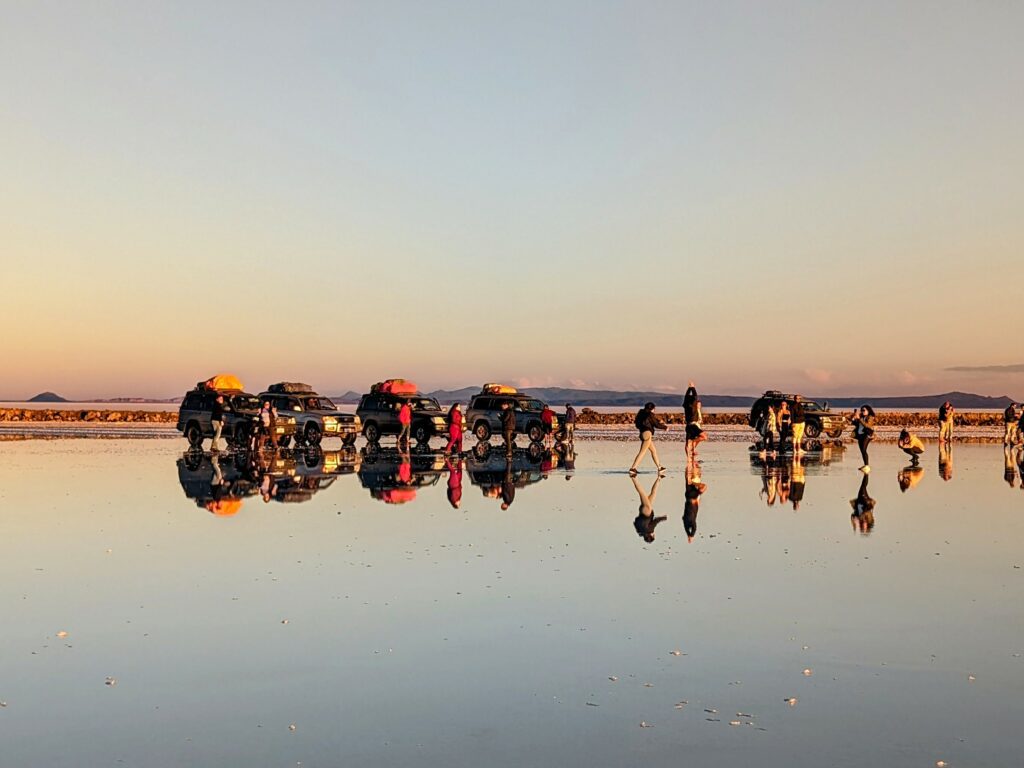
Day 2: Pre-Incan History of Bolivia
Tiwanaku is a Pre-Incan people who occupied this region of Bolivia. You can visit the ruins on your own by taking a minibus to the ruins from La Paz. However, it is more valuable to visit the site through a tour to truly learn about the history and mystery of the archaeological site.
The day starts by getting picked up from your hotel by the tour group. You will then make your way to the Tiwanaku site where you will visit a museum about the ceramics of the location. Ceramics tell a lot about a society’s culture and religion. Then, you will visit a stone museum to understand the architectural and technological advancements of this society. This is where the true mysteries will reveal themselves. It is still unknown how the Tiwanaku people were able to cut the stones so precisely and there are theories of aliens that helped achieve this complex stone construction.
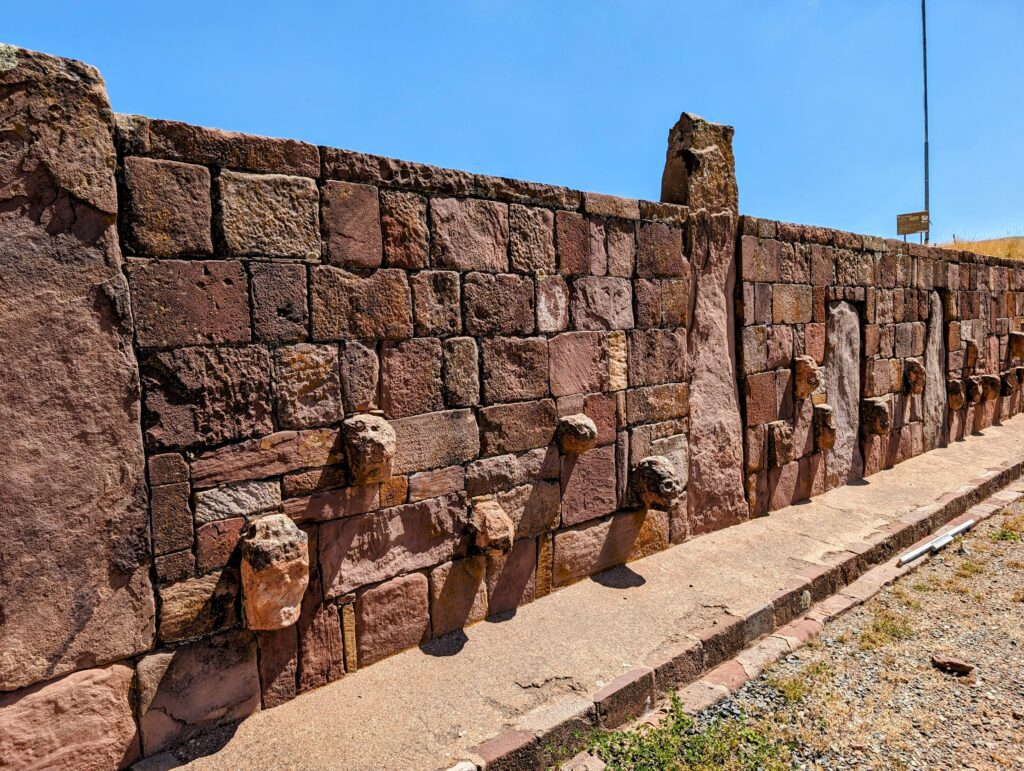
Finally, you will have a chance to visit and walk around the main Tiwanaku archaeological sites, learning about their religious practices. Archaeologists continue to work on and study this site today; New discoveries are made all the time.
After walking through this site, you will have the chance to get lunch. Lunch may not be included in the tour price but it will be conveniently ordered ahead of time if you choose to opt into it. You can also bring your own lunch with you. This really depends on your food preference but it is important to note that restaurants in this town are on a reservation-only basis for these tour groups and do not take walk-ins. If you are going to purchase lunch in town, you should opt for the tour group lunch.
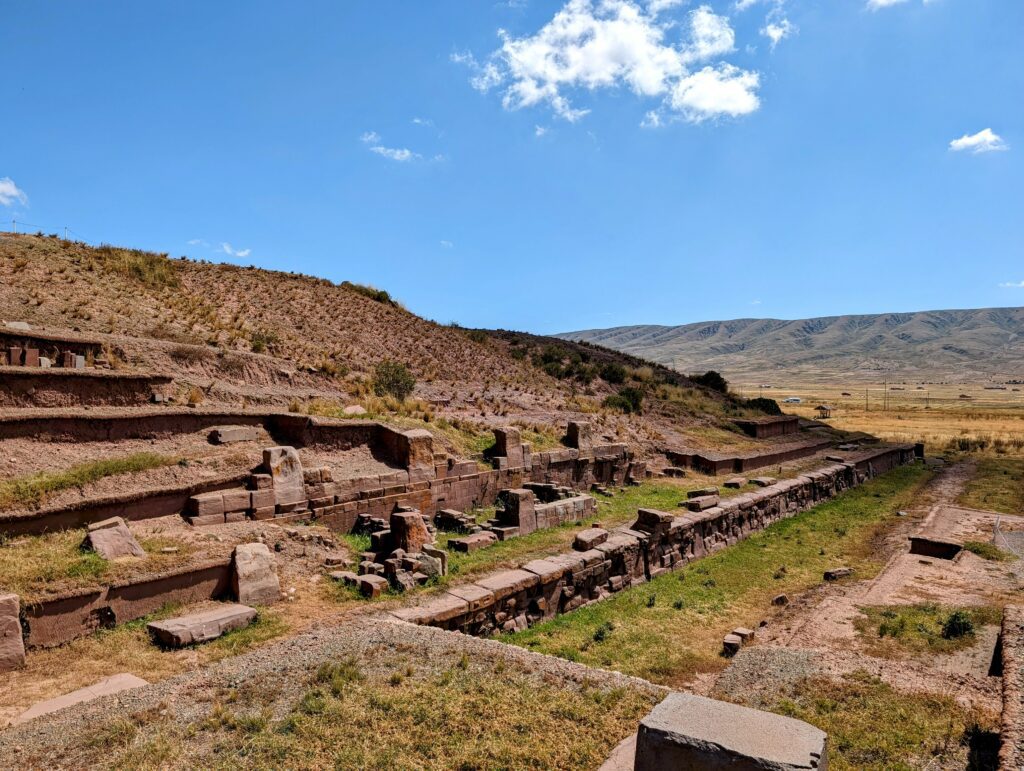
Finally, after lunch, you will visit another archaeological site and discover more architectural wonders in Tiwanaku. The tour then ends by returning to La Paz where you will be dropped off at the city center.
This tour is valuable for understanding some of the ancient technologies and traditions that were in place in this location long before the Incas. Visiting Tiwanaku is one of the best things to do in La Paz, Bolivia and it is invaluable to understand the full history and importance of this part of the world.
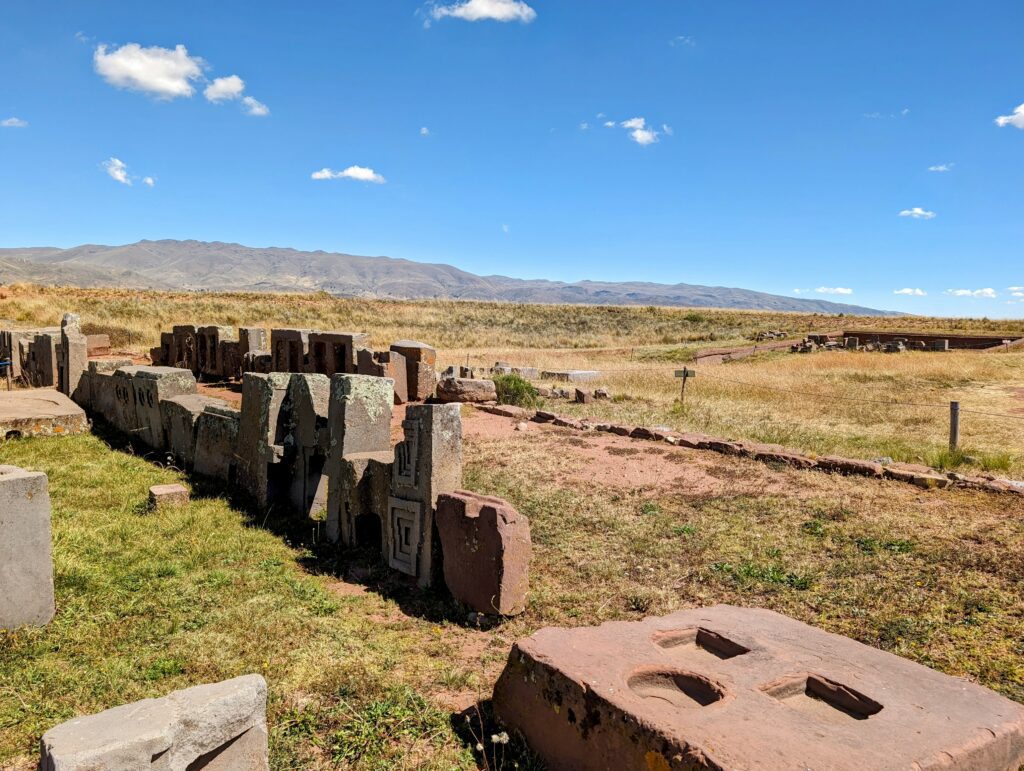
Day 3: A Modern Exploration of La Paz
A City Tour from the Sky
This day will be centered around a tour of the city via the telefericos. This is the public transportation that has completely modernized the city and has made challenging areas much easier to access. La Paz is built in a steep valley and much of the city is on mountainsides. The telefericos make a loop around the city, which is a great way to see the city from a unique vantage point and one of the best things to do in La Paz, Bolivia for visitors.
To obtain tickets for the telefericos, you can purchase a card from any teleferico station with cash. You will also want to load some money on the card to take the telefericos around town. Each ride is about 3 Bolivianos so load on as much money you think you might need for the week. You can always add more money to the card as you go.
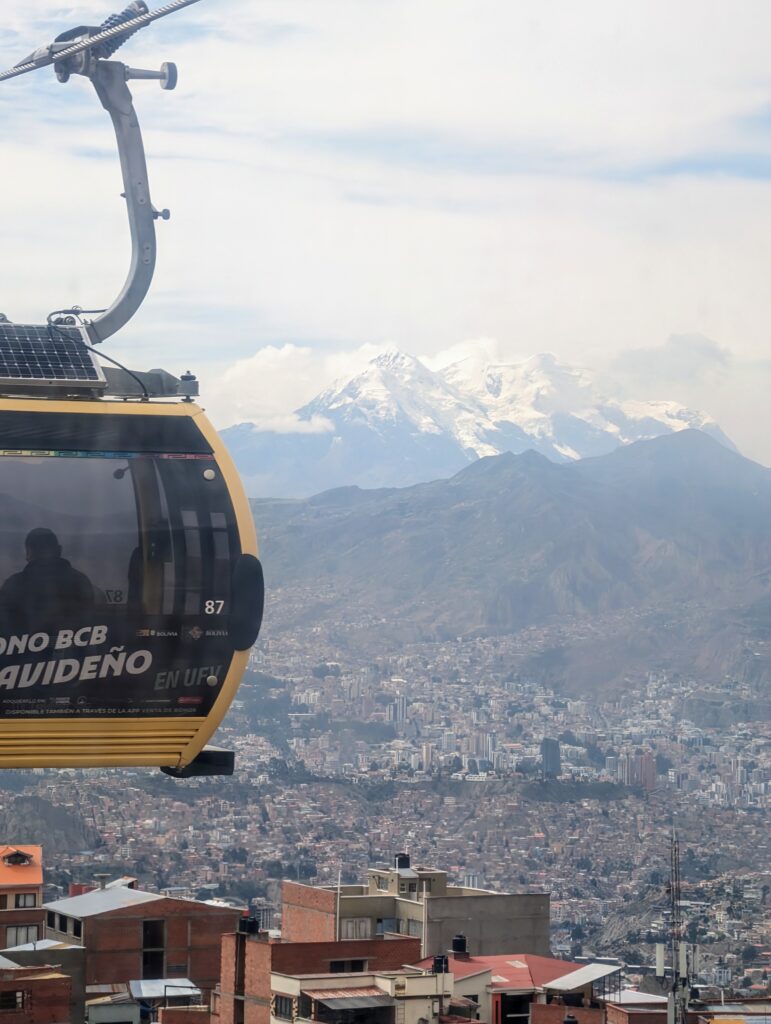
You will want to use the Moovit application (read more about this app here) to determine the nearest Teleferico stop. If you are staying in Sopocachi, you will want to start from Supu Kachi on the Linea Amarilla. You will then want to follow the Linea Amarilla (yellow line) to Qhana Pata. Next will be the Linea Plateada (silver line) to Jach’a Qhathu. This is where you can explore El Alto (see below). Then, you will take the Linea Roja (red line) to Taypi Uta. From here, you will transfer to the Linea Naranja (orange line) towards Inalmama. Here, you will transfer to the Linea Blanca (white line) to Arce. Completing this loop provides you with incredible views of this high-altitude city and is a great way to see the various neighborhoods from above.
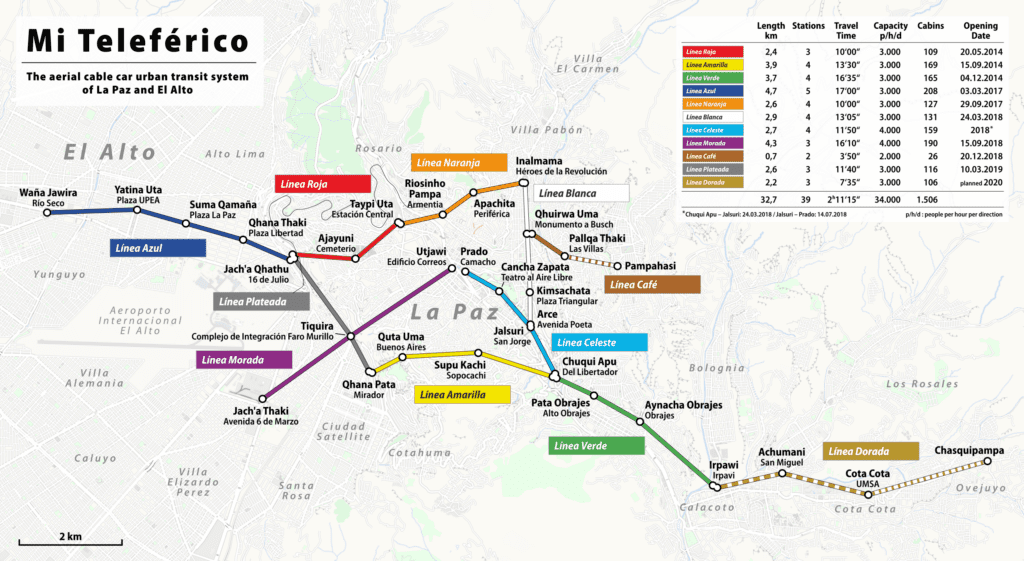
The Arce stop is very close to Sopocachi as well. The teleferico stop is located at the bottom of the canyon and Sopocachi is at the top of this canyon. You do not need to climb the canyon to get to the neighborhood! There is a tower that connects the bottom of the canyon to the top at this stop that you can take to get between Sopocachi and the teleferico stop. This is not something you will find on any transit applications.
A few notes about the lines that you will be traveling on and some spots you may want to explore along the way:
Eating in Calacoto
The Green Line leads to Calacoto neighborhood, a nice neighborhood with several higher-end restaurants. This is a good place to go to dinner and is an alternative area to stay if you don’t mind being further away from the city center. The higher-end restaurants here have better sanitary standards than other places throughout Bolivia and may help you avoid salmonella or other food-borne diseases.
The Market of El Alto
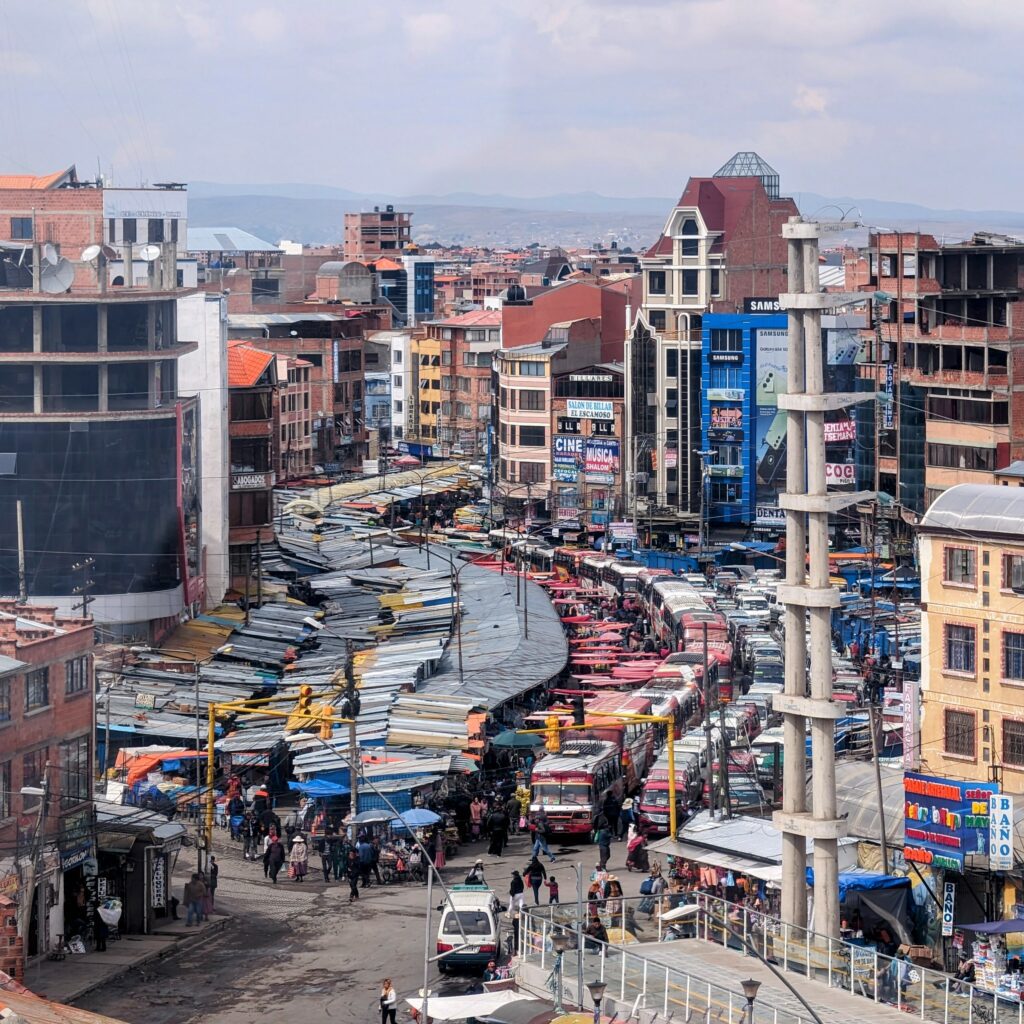
The Linea Roja and Linea Plateada (red and silver lines) lead to El Alto, a city that rests above La Paz at 4,300 meters (or 13,615 feet) in elevation. El Alto means tall or high in Spanish and it is considered to be the highest elevation city in the world. On Thursdays and Sundays, the streets of the city host an enormous market where vendors sell any and all goods imaginable. It’s an energetic and unique place to wander through, but you do have to be smart about it. It is incredibly busy so make sure to be aware of your belongings and do not wear any flashy clothing or jewelry to not attract too much attention.
Cholita Shows in El Alto
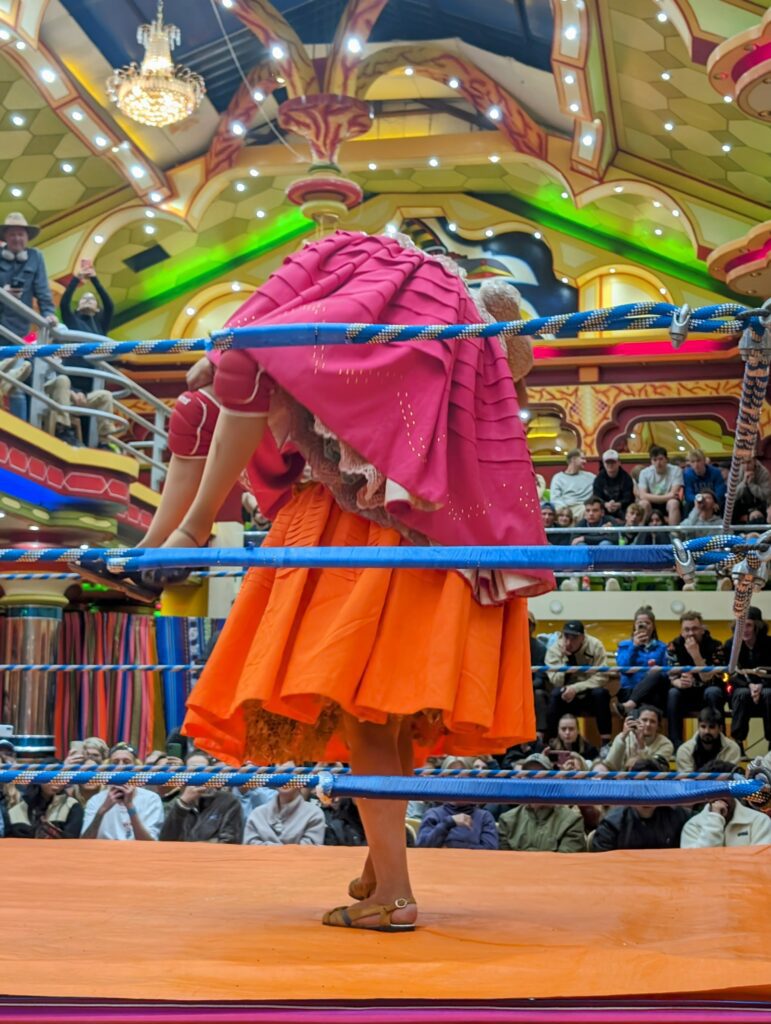
The other thing that is popular to attend in El Alto are the Cholita fights. These happen on Thursdays and Sundays as well and it is recommended to attend them through a tour group that will transport you to and from your hotel. Attending one of these shows is one of the most popular things to do in La Paz, Bolivia and a great way to learn more about the unique culture of the indigenous women. You can learn more about the history of the Cholita fights here.

